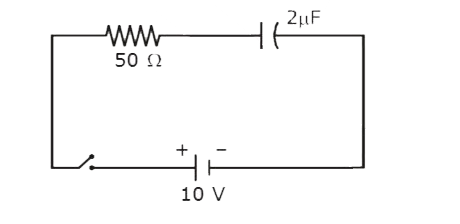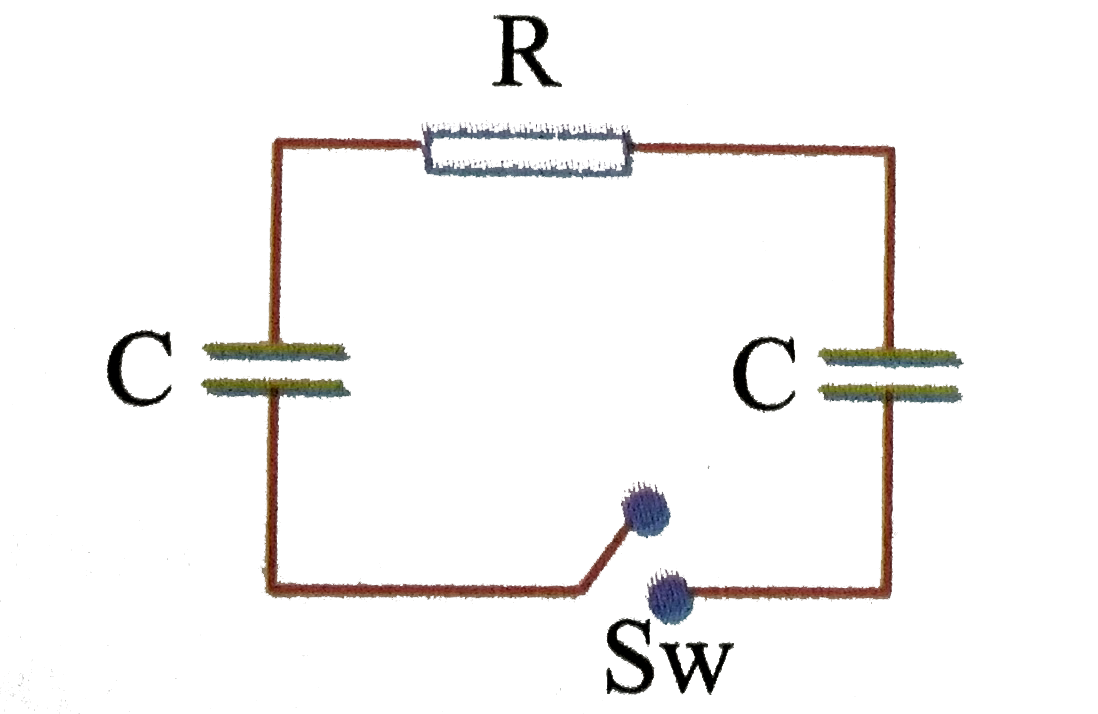Statement 1: The circuits containing capacitor be handled cautiously even when there is no current. Statement 2: A charged capacitor, can discharge through our body and harm us.
Statement-1 is true, Statement-2: is true, Statement-2 is a correct explanation for Statement-1.
Statement-1 is true, Statement-2: is true, Statement-2 is NOT a correct explanation for Statement-1.
Statement-1 is true but statement-2 is false
Statement-1 is false, Statement-2 is true
The correct Answer is:A
Statement-1 is True, Statement-2 is True, Statement-2 is a correct for statement-1
Topper's Solved these Questions
Similar Questions
Knowledge Check
- Question 1 - Select One
Assertion: Circuit containing capacitors should be handled cautiously even when there is no current.
Reason: The capacitors are very delicate and so quickly break down.AIf both assertion and reason are true and reson is the correct explanation of assertion.BIf both assertion and reason are true but reason is not the correct explanation of assertion.CIf assertion is true but reason is false.DIf assertion and reason both are false. - Question 2 - Select One
Assertion (A): Circuit containing capacitors should be handled very carefully even when the power is off.
Reason (R ): The capacitors may break down at any time.ABoth A and R are true and R is the correct explanation of ABBoth A and R are true but R is NOT the correct explanation of ACA is true but R is falseDA is false and R is True - Question 3 - Select One
Statement-1: If the plates of a capacitor are connected through a conducting wire, then its capacitance becomes infinite.
Statement-2: The capacitors cannot be charged.AStatement-1 is True, Statement-2 is True, Statement-2 is a correct explanation for statement-1BStatement-2 is True, Statement-2 is True, Statement-2 is NOT a correct explanation for Statement-1CStatement-1 is True, Statement-2 is FalseDStatement-1 is False, Statement-2 is True.
For the circuit shown in figure below, At t = 0, switch is closed, the initial current through resistor and final charge on capacitor are
 View Solution
View SolutionIn the circuit shown, a capacitor charged to a potential difference V0 is connected to an uncharged capacitor through a resistor at t=0, by closing the switch. Find current in the circuit as function of time.
 .View Solution
.View SolutionStatement-1. In a series combination of capacitors, charge on each capacitor is same.
Statement-2. In such a combination, charge cannot move only along one route.View SolutionWhen a charged capacitor is discharged through a resistor, heat is produced in the resistor
In charging a capacitor, energy is stored in the capacitor.View SolutionSTATEMENT-1 : When the plates of a charged capacitor are connected to a resistor, a current starts flowing in the resistor.
and
STATEMENT-2 : A charged capacitor acts as a battery of steady emf.View Solution
